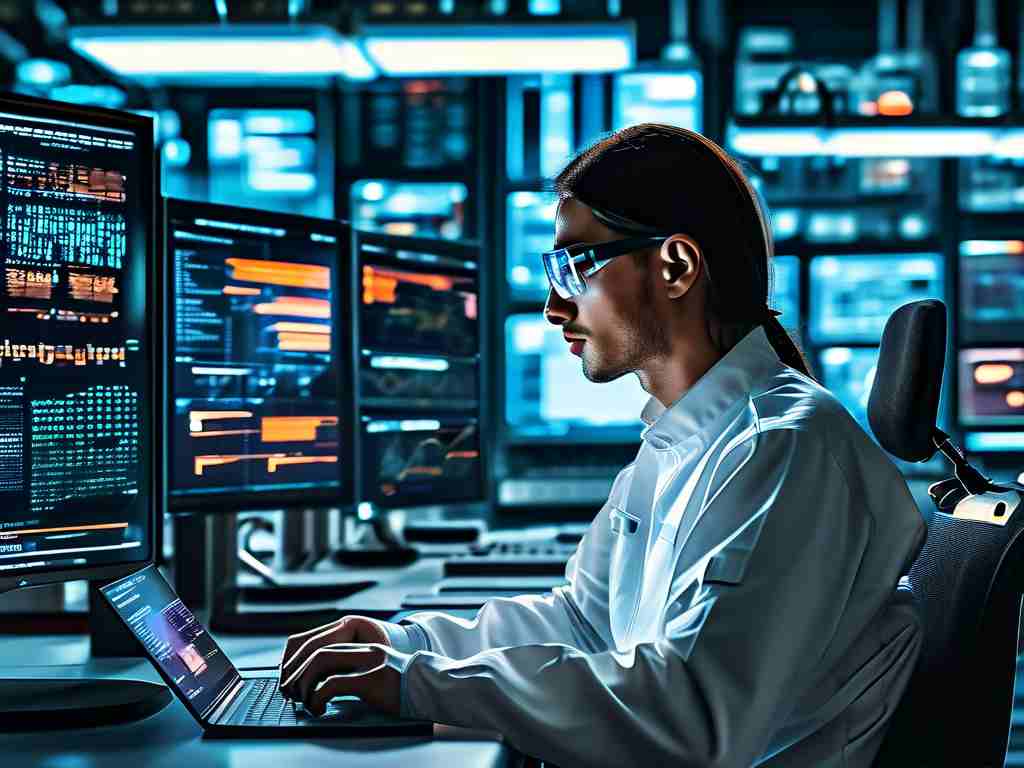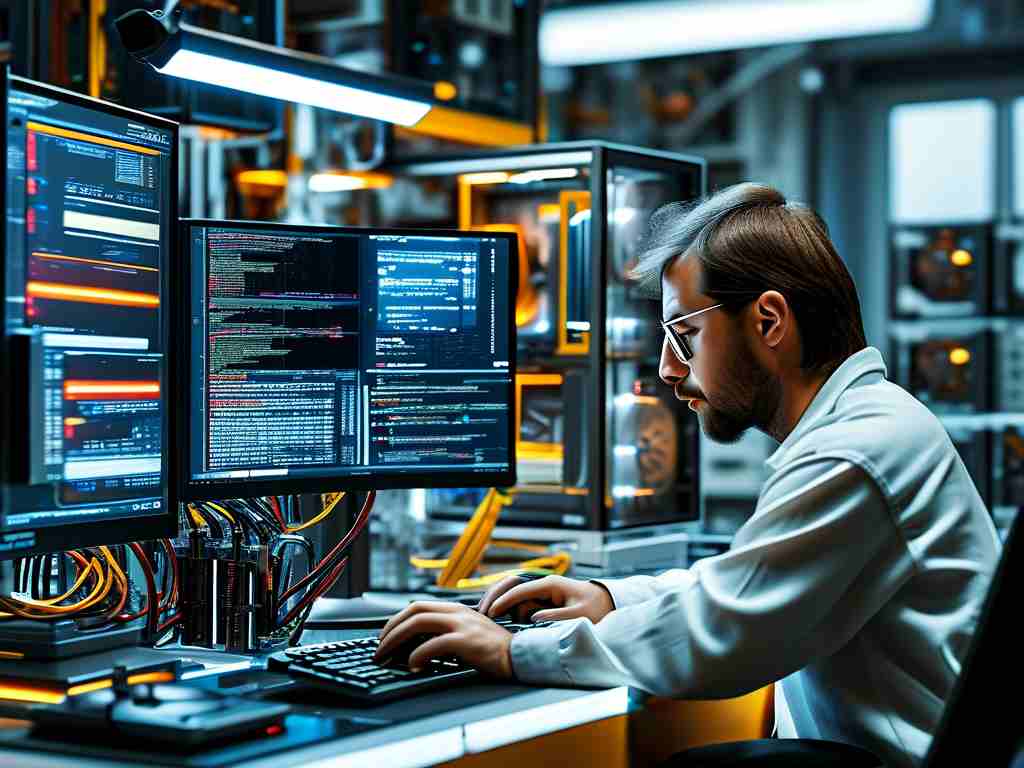The convergence of artificial intelligence (AI) and embedded systems has unlocked transformative opportunities across industries. Embedded AI application development focuses on deploying machine learning models and intelligent algorithms directly onto resource-constrained devices, enabling real-time decision-making without relying on cloud connectivity. This direction is reshaping sectors such as healthcare, automotive, and industrial automation by prioritizing efficiency, privacy, and latency reduction.

The Rise of Edge AI
One of the most significant trends in embedded AI is the shift toward edge computing. Traditional cloud-based AI systems often struggle with latency and bandwidth limitations, especially in scenarios requiring instant responses. Embedded AI addresses these challenges by processing data locally on devices like sensors, microcontrollers, or custom hardware. For example, in smart manufacturing, edge AI enables predictive maintenance by analyzing equipment vibration patterns directly on-site, reducing downtime and operational costs.
Developers working in this space must optimize models for minimal memory usage and computational overhead. Techniques such as quantization, pruning, and knowledge distillation are critical for compressing neural networks without sacrificing accuracy. A practical code snippet for TensorFlow Lite model quantization might look like this:
converter = tf.lite.TFLiteConverter.from_keras_model(model) converter.optimizations = [tf.lite.Optimize.DEFAULT] quantized_model = converter.convert()
Hardware-Software Co-Design
Another emerging paradigm is the co-design of hardware and software tailored for AI workloads. Custom accelerators like Google’s Edge TPU or NVIDIA’s Jetson modules are engineered to handle matrix operations efficiently, which are fundamental to neural networks. This approach demands close collaboration between software engineers and hardware architects to balance power consumption, thermal limits, and performance.
For instance, autonomous drones leverage this synergy by integrating vision-based AI models with dedicated GPUs. These systems process high-resolution video feeds in real time to navigate obstacles, a task impractical for generic processors. Developers often use frameworks like OpenVINO or TensorRT to deploy models optimized for specific hardware architectures.
Challenges in Embedded AI Deployment
Despite its promise, embedded AI development faces hurdles. Limited memory and processing power restrict the complexity of deployable models. A ResNet-50 model, for example, may require over 90 MB of memory—a nonstarter for devices with 1 MB of RAM. To overcome this, developers increasingly turn to tinyML, a subfield focused on ultra-low-power AI solutions.
Energy efficiency is another critical concern. Battery-powered devices, such as wearable health monitors, demand algorithms that minimize power draw. Techniques like dynamic voltage scaling and sparsity-aware computation help extend battery life while maintaining functionality.
Future Directions
Looking ahead, two areas are poised to dominate embedded AI innovation. First, federated learning will enable devices to collaboratively train models without sharing raw data, enhancing privacy in sensitive applications like medical diagnostics. Second, advancements in neuromorphic computing—inspired by biological neural networks—could revolutionize how devices process information, offering unprecedented energy efficiency.
Moreover, the integration of AI with real-time operating systems (RTOS) will streamline deployment. Projects like Zephyr OS are already incorporating ML libraries to support lightweight inference engines, simplifying development for IoT ecosystems.
Embedded AI application development is not merely a technical niche but a cornerstone of the next technological revolution. By bridging the gap between intelligence and mobility, it empowers devices to operate smarter, faster, and more autonomously. As tools and frameworks evolve, developers must stay agile, embracing both algorithmic creativity and hardware-aware optimization to unlock the full potential of this field.









